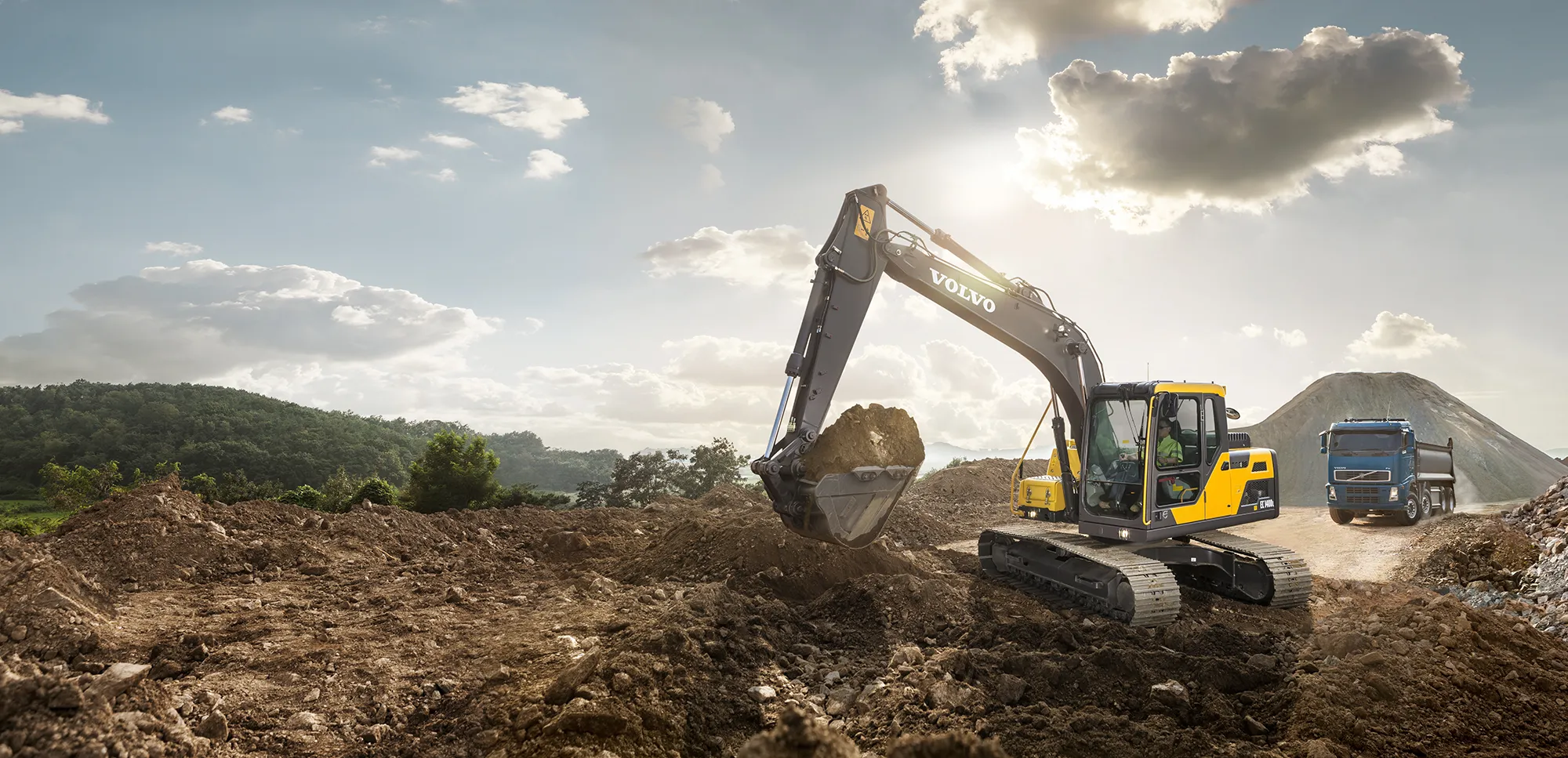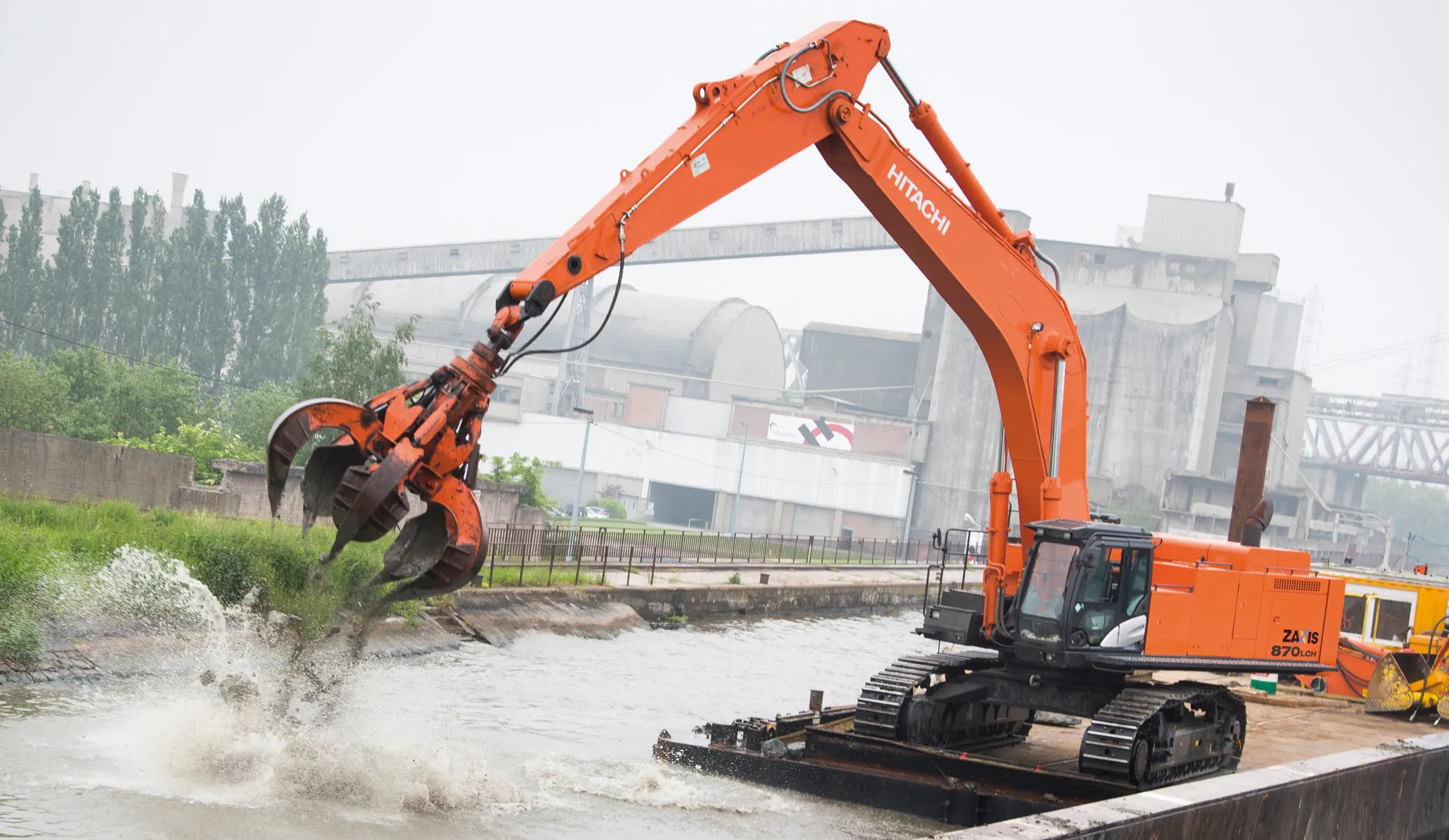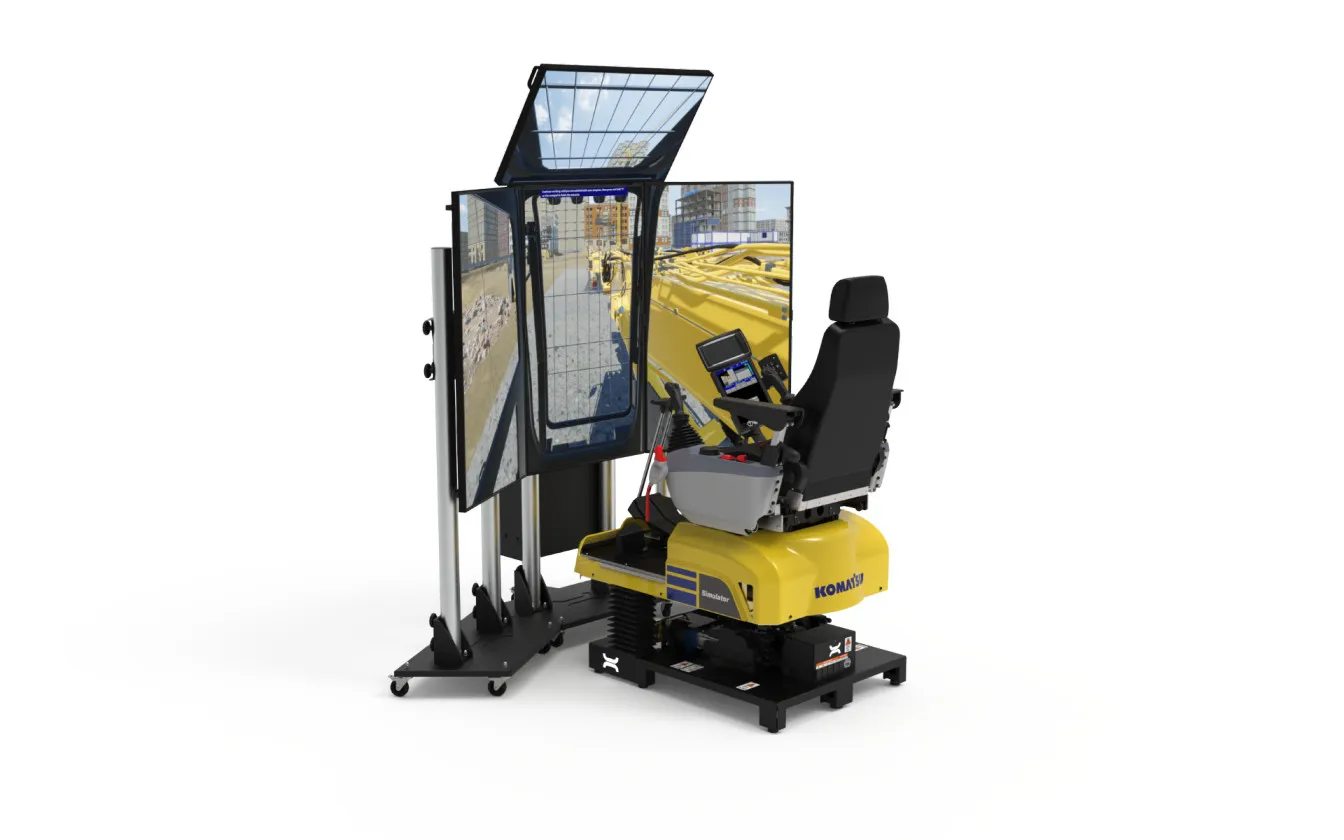
The machine is powered by a Tier 2-compliant D3.8F engine that is said to be well-matched to its hydraulics to deliver low fuel consumption for an excavator in the 12.8-15.8tonne weight class. Operators can choose from five intelligent work modes – I (Idle), F (Fine), G (General), H (Heavy), and P (Power Max) – to ensure only the right amount of flow is delivered for the task at hand.
In difficult terrain, the
Regular service checks can be carried out safely, quickly and easily, thanks to anti-slip plates, ground-level service access and centralised filters and greasing points. The machine is available with a wide range of attachments, which allow the Volvo EC140D to be adapted for most typical crawler excavator applications. The Volvo EC140D is compatible with many different bucket, breaker and piping options. A password protected attachment management system, accessed via the monitor inside the cab, allows the operator to configure and store hydraulic flow settings for up to 20 different attachments.
The machine is fitted with a large and easy-to-view monitor, adjustable seat and ergonomic controls. A rear-view camera is also available as an option.









